How to Mix Concrete By Hand [Step By Step, DIY]
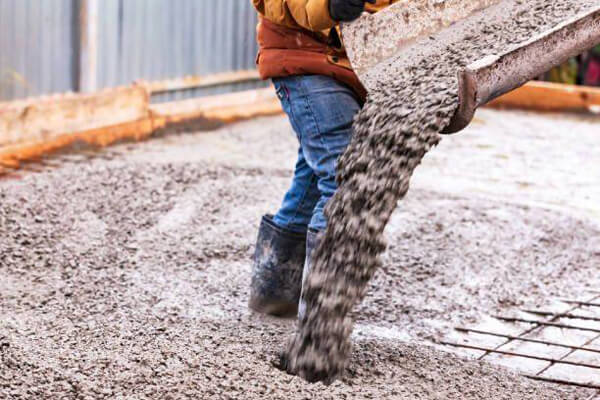
Most professional and independent builders utilize cement whenever a project needs for a sturdy, long-lasting binding medium.
When combined with other forms of aggregate, such as sand and stone, cement serves as a binder to create the composite material known as concrete. The three components are weak when used alone, but when combined, stones fit together like pieces of a three-dimensional jigsaw puzzle, and sand and cement fill up the spaces.
Without cement, the stones and sand would simply sag and fall apart. However, it is the stone, not the cement, that provides concrete with its shear and compressive strengths.
Concrete can be fully blended with the components in a cement mixer to produce a consistent output. However, with a little caution and work, it is also possible to mix concrete by hand without a mixer.
Concrete mixtures are occasionally required to embed gates, fence, or clothes line posts into the earth. Making a concrete slab to serve as the foundation for something like a fuel bunker is another option.
Concrete may be made with just cement, stone, sand, and water. A shovel, a couple of buckets, and possibly a sheet of plastic are the only necessary pieces of equipment.
Mix Concrete With 3 Tools
Contents
Tools & Equipment for Concrete Mixing
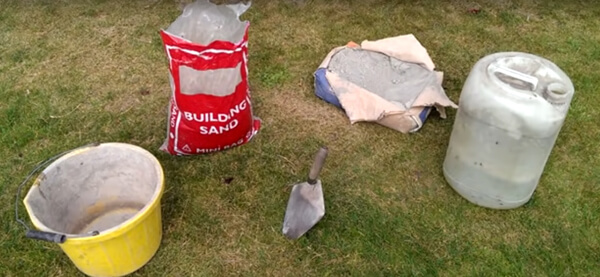
- Builders shovels. (The pointed variety)
- Three 3-gallon buckets would be ideal. One each for water, cement, and sand or stone Sand or stone will attach to the sides and bottom of the bucket if it is moist and later used to measure cement.
- Plastic sheeting: A polythene sheet aids in preventing messes and soil, pebbles, and other debris from contaminating the concrete. Additionally, it facilitates waste-free scraping up of all the leftovers. Of course, a wheelbarrow or bucket can be used to mix concrete, but a sheet offers more space for mixing.
- Buckets or a wheelbarrow. in order to move the concrete to its final location. Alternatively, you might mix on the spot.
- A garden rake or a 1 x 4 board attached to a length of 1 1/2 x 2 for spreading can be used to install concrete.
Materials Needed And Ratios For Mixing Concrete
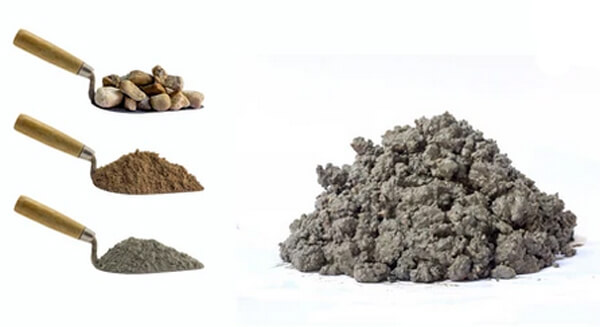
A C20 mix is a general-purpose combination that may be used to attach posts and create concrete pads, doorsteps, bases for garden shelters, flooring, etc. Volume is used to blend materials instead of weight.
A C20 mix includes:
- Cement, one portion
- sand, two portions
- Stone: 4 pieces
An alternative to sand and stone is a mixture known as ballast, mixed aggregate, or “all in,” which is used with cement 6 to 1.
For thinner and narrower concrete slabs, such as pavements, a stronger, harder-wearing C30 mix is made up of:
- Cement, one portion
- sand, two portions
- three pieces stone
In the range of 0.4 to 0.5 times the weight of cement, water is required to build concrete.
Steps For Mixing Concrete By Hand
- Lay a plastic sheet out on the floor.
- The supplies should be measured.
- Make a mound of the stone and sand on the sheet.
- On top of the sand and stone pile, add the cement.
- Then, repeat three more times, and shovel the material into the new pile to the side.
- Make a big crater in the pile, then fill it with water.
- From the sides, fold the mixture in.
- To evenly distribute water throughout the mixture, keep folding inward and “chopping” the mound.
These steps are explained in detail below:
Step 1: Spread a plastic sheet on the ground
In windy conditions, stretch the polythene sheet out on the ground and weigh it down at the edges with blocks, bricks, or anything else.
Step 2: Measure the materials
Shovels can be counted, or you can measure into buckets. Because a shovel of material might vary in size, buckets are probably more realistic. Cement should be placed in a separate dry bucket because if the sand or stone that was previously measured made the container damp, the cement would stick to the sides.
Step 3: Place the stone and sand on the sheet
Place the sand first, then the stone, on the ground. As an alternative, you might use gravel, which is a mixture of sand, and small and large stones. You can add more sand if the gravel doesn’t already include much of it.
Step 4: Top the sand and stone with the cement
On top of the pile, distribute the cement evenly. Dissolve any lumps.
Step 5: Three times, shovel to one side from the edge of the pile
It will be simpler if you have assistance mixing. Face the other person as you begin at the edge of the pile.
To form a new pile next to the previous pile, both individuals must keep shoveling the mound to one side. This should be done three more times for a total of four mixes.
Step 6: Create a deep crater and add water
The water should now be added. To make the pile’s top resemble a volcano, create a crater that is roughly half its diameter. Once more, it’s crucial that the pile’s slopes aren’t too steep so that when you add water, it runs down the slope and through the crater. Depending on how much dry mix you’ve made, add half of the water.
Three parts cement to one part water is often optimal if you’re utilizing the cement for something that will have a concrete finish. It’s acceptable to use more water while using cement to create a concrete foundation because the finish won’t be important.
Step 7: Incorporate the mixture from the sides
Go around the crater’s borders with the shovel as you continue to slide the mixture into the center. The water and dry mixture should next be combined using a chopping motion with the shovel’s edge.
From the outer borders of the pile, continue shoveling the dry mixture toward the center. As the water is dispersed more evenly, the mixture will eventually become simpler to manage.
Step 8: Continue to “Chop” the pile by folding it inward to distribute water throughout the mixture
To completely mix and work water into any dry patches, keep sliding the shovel beneath the mixture, turn it over bit by little, and chop it up with the edge of the shovel.
Step 9: Concrete laying
Use strategically placed timber planks as ramps and bridges to help you move your wheelbarrow over uneven ground and ground at various levels. It is simpler to draw a wheelbarrow up a step than to try to push one that is loaded.
After you tip concrete out of the barrow, spread it with shovels and a rake. Another option is to construct an improvised rake out of a long piece of wood with a board nailed to the end.
Conclusion
Don’t worry if you’re completing a DIY project and don’t want to hire a concrete mixer. Without the need for such a large machine, there are ways to mix concrete by hand.
Instead, you may quickly and simply prepare the concrete required to complete the task properly using just a bucket, a wheelbarrow, a plastic sheet, or a tray.
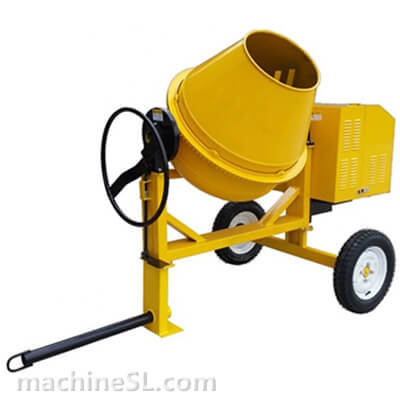
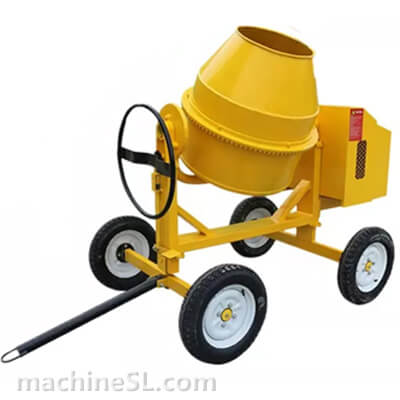
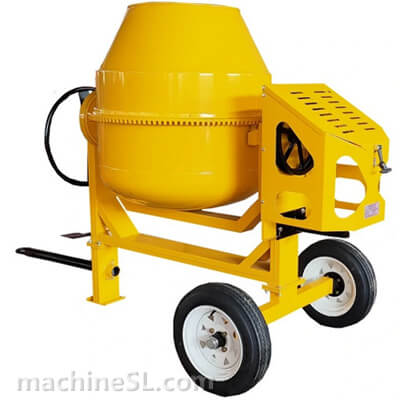
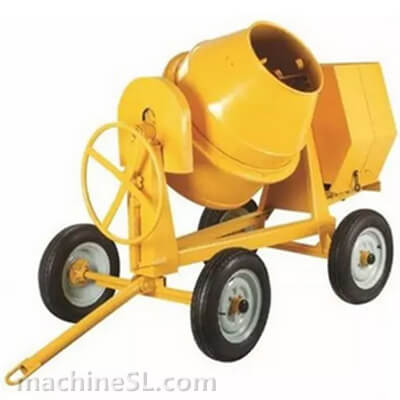
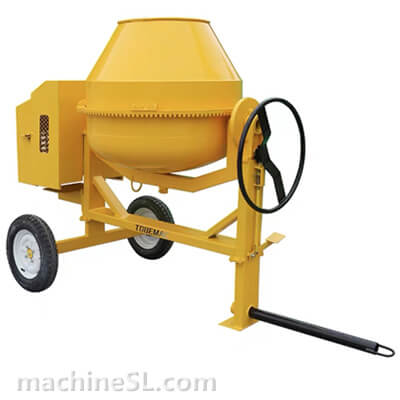
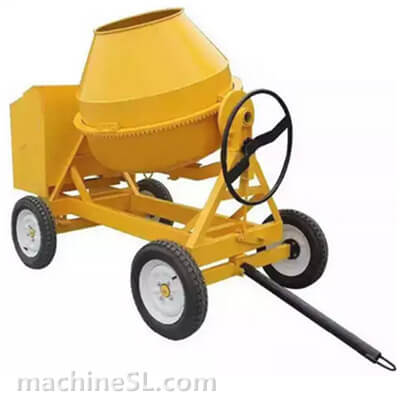
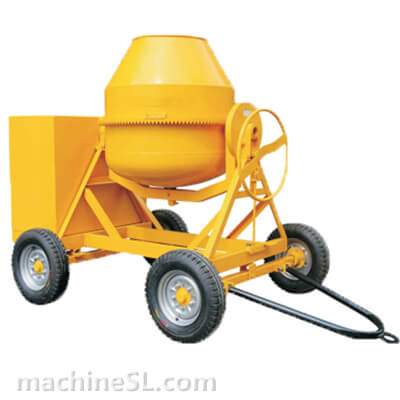
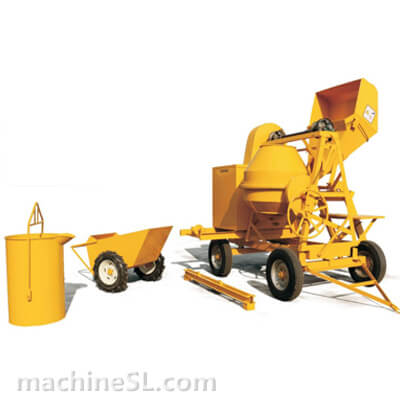
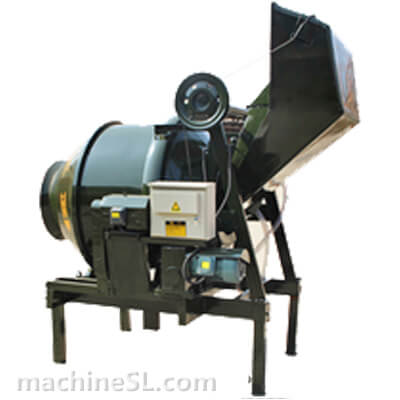
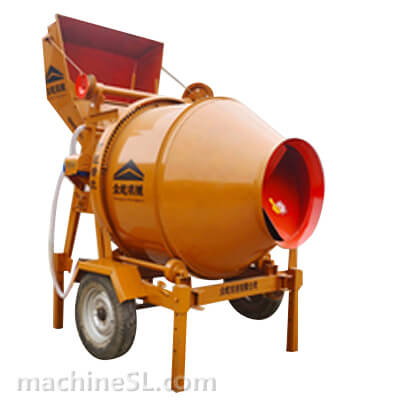
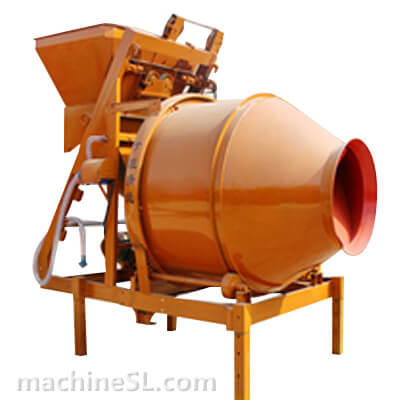
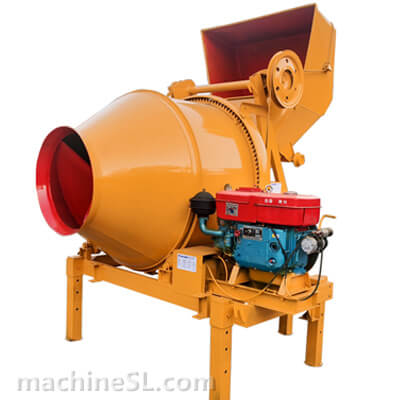
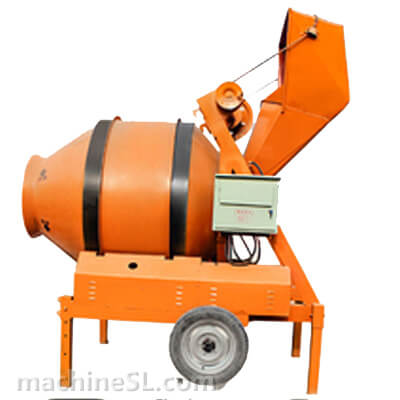
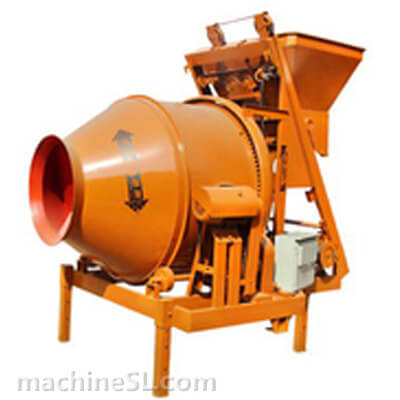
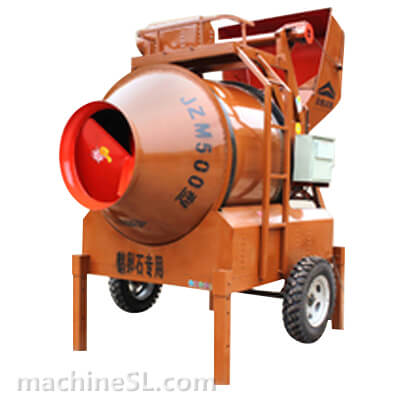
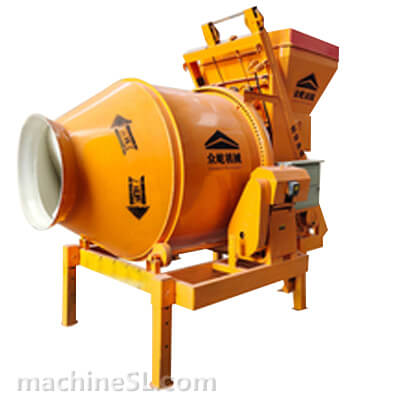
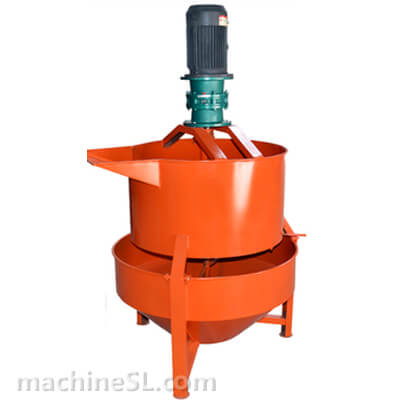
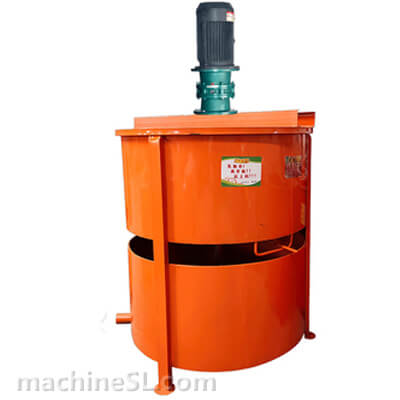

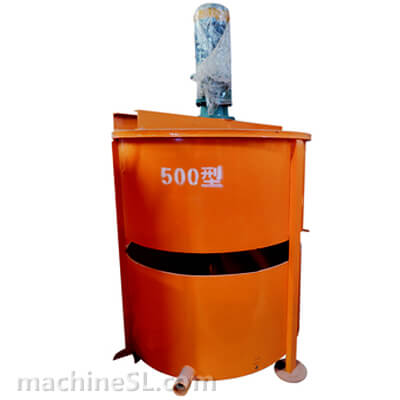
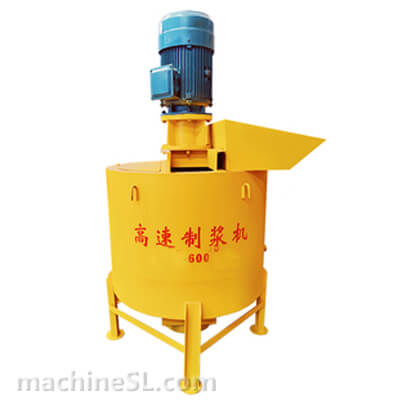
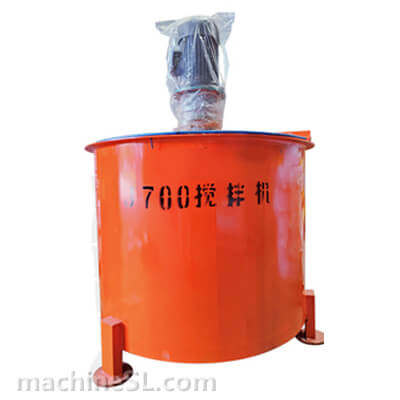
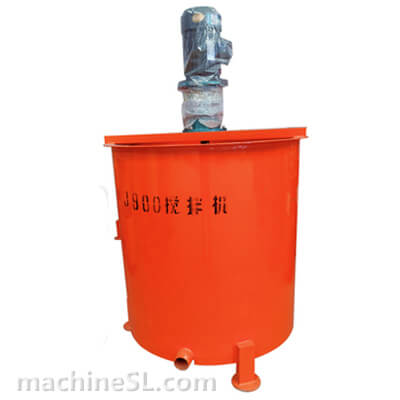
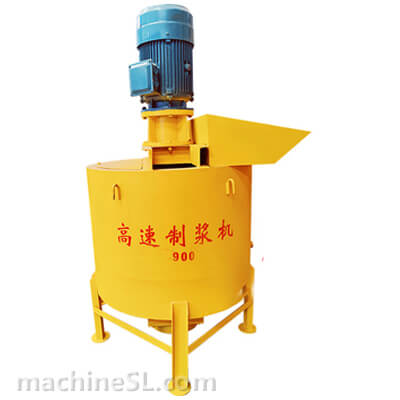
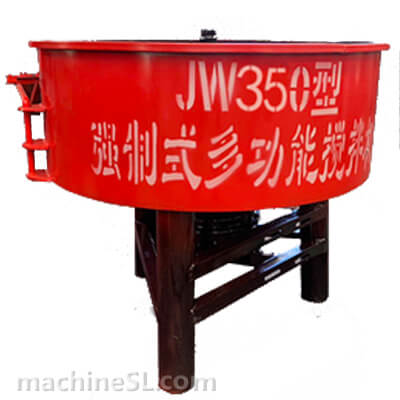


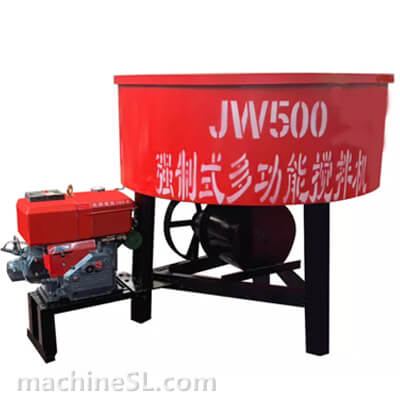



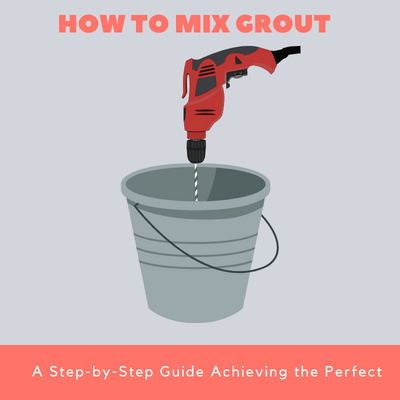
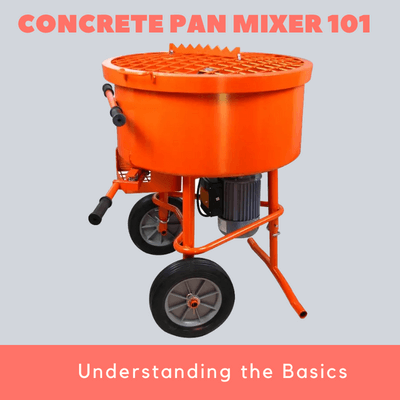
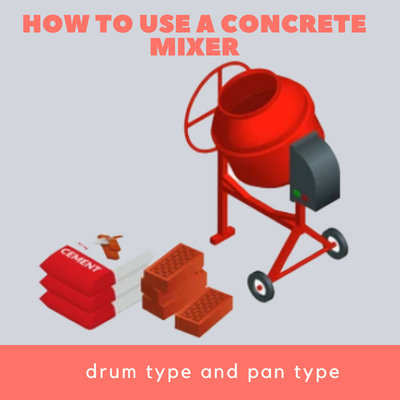
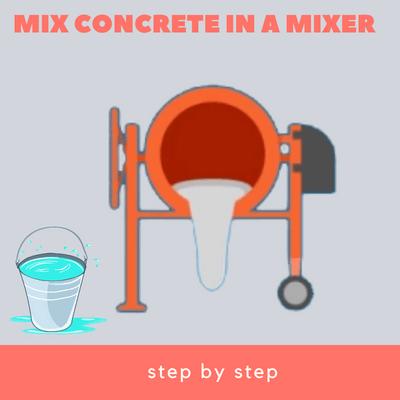
Leave A Comment